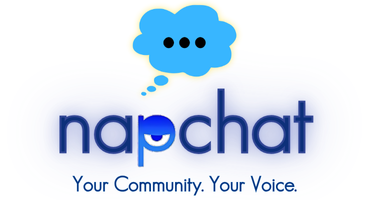PWN4PWN Programs for Narcolepsy & Idiopathic Hypersomnia
Our current programs
PWN4PWN is a dedicated patient-led organization providing support, education, and empowerment for People With Narcolepsy (PWN) and People With Idiopathic Hypersomnia (PWIH). Through our interactive, ad-free online community, we foster peer connections, provide access to expert-led resources, and offer structured programs that address the unique challenges of living with these conditions.
Our engaging NapChat Digital Community enhances connections through dedicated discussion spaces, tailored educational tracks, and support groups based on personal needs and interests.
We aim to bridge the gap between patients, caregivers, and advocacy efforts, ensuring everyone has access to the tools, knowledge, and networks needed to navigate life with Narcolepsy and IH.

Key Programs Available in the PWN4PWN NapChat Community
Why Join Our NapChat Digital Community?
- No Algorithms, No Ads: A private, distraction-free environment unlike typical social media groups.
- Tailored Discussions: Spaces customized to your personal and professional journey.
- Direct Access to Resources: Timely updates on treatments, clinical trials, and wellness strategies.
- Built for PWN & PWIH, By PWN & PWIH: A supportive community that truly understands your experience.
to engage in support, education, and empowerment!







